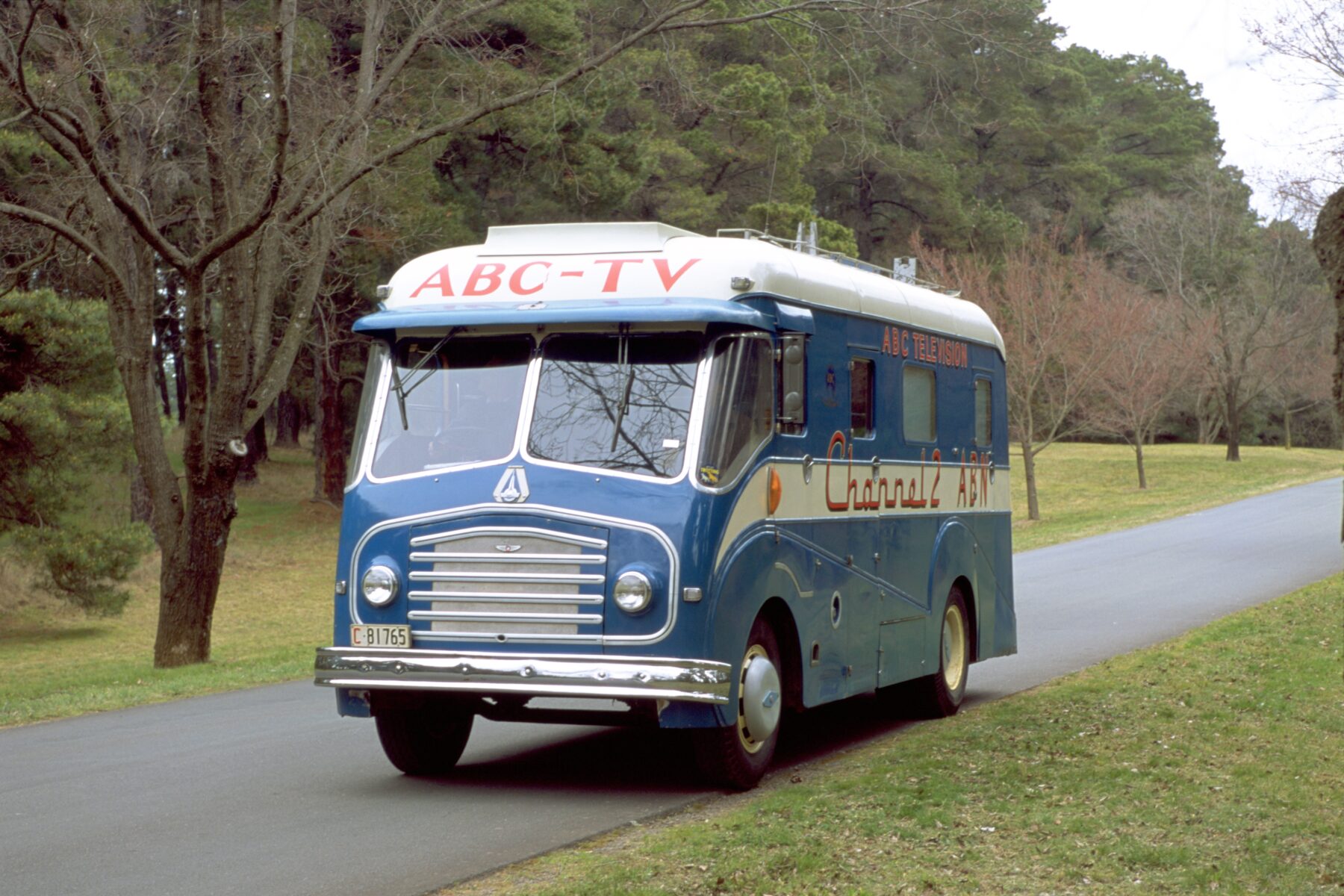Defining Moments in Australian History: The introduction of television

“Good evening and welcome to television.” These, the first words on Australian television, were uttered by Bruce Gyngell on 16 September 1956. Since then, TV has become the nation’s most influential news and entertainment medium. In 1956 there were fewer than 100,000 televisions. Today Australia has more than 18 million sets.
Experimentation with and discussion about TV began in Australia in the 1930s but World War II halted its development. National debate restarted in 1949 when Prime Minister Ben Chifley announced the implementation of a national television service. But his Labor government was ousted and the Liberal-Country Party coalition came to power under Robert Menzies, who said in 1952 to a visiting BBC representative: “I hope this thing will not come to Australia in my term of office.”
Australians were, however, clamouring for the new technology, and in 1953 Menzies set up a royal commission. It recommended that the law allow for a system of both national and commercial stations similar to that developed for radio since the ABC’s 1932 creation.
The government wanted the network to be ready for the 1956 Melbourne Olympics and that year, on 16 September, TCN9 Sydney produced the first official broadcast. Audiences heard station announcer John Godson declare that the station was on-air at 7pm before throwing to Bruce Gyngell who, dressed in a dinner suit, appeared on black-and-white screens across Sydney and delivered that famous line.
Crowds of Sydneysiders watched shop window displays and parties were hosted by TV retailers and people who’d bought sets ahead of the transmission.

HSV7 Melbourne began transmission on 4 November and the ABC followed suit from Sydney the next day, two weeks ahead of the Olympic opening ceremony. In 1959 television was introduced to Queensland, South Australia and Western Australia; Tasmania followed in 1960 and the Australian Capital Territory in 1962.
Sales of TV sets boomed. The Women’s Weekly offered advice on how to rearrange living rooms for the new addition. And some inner-city cinemas and theatres closed down due to competition for their audience.
TCN9, HSV7 and ABN2 televised the Olympics, although arrangements for rights to particular events were not confirmed until three days beforehand. Organisers insisted they should be paid for rights while film companies and television stations lobbied for the Olympics to be classified as news, which didn’t require paid rights. Eventually it was agreed that rights would be paid for, setting a precedent for future Games.
The Melbourne Olympics were touted as the Friendly Games but took place against a backdrop of heightened global tensions, with news dominated by the Cold War, Suez Crisis and Hungarian Uprising. These hostilities spilt into the Games when Hungary and the Soviet Union contested a particularly tense water polo match.
As a result, the organising committee’s chair Kent Hughes took seriously the suggestion of Chinese-Australian boy John Ian Wing, aged 17, to change the closing ceremony’s format. He suggested athletes march as individuals, not as teams representing nations, and mingle in the spirit of the Friendly Games. “During the march there will be only one Nation,” Wing suggested. “War, politics and nationality will be forgotten. What more could anyone want, if the whole world could be made as one Nation?”
We saw it all unfold on TV and the tradition has since been followed at every Olympics.
‘The introduction of television’ forms part of the National Museum of Australia’s Defining Moments in Australian History project.



